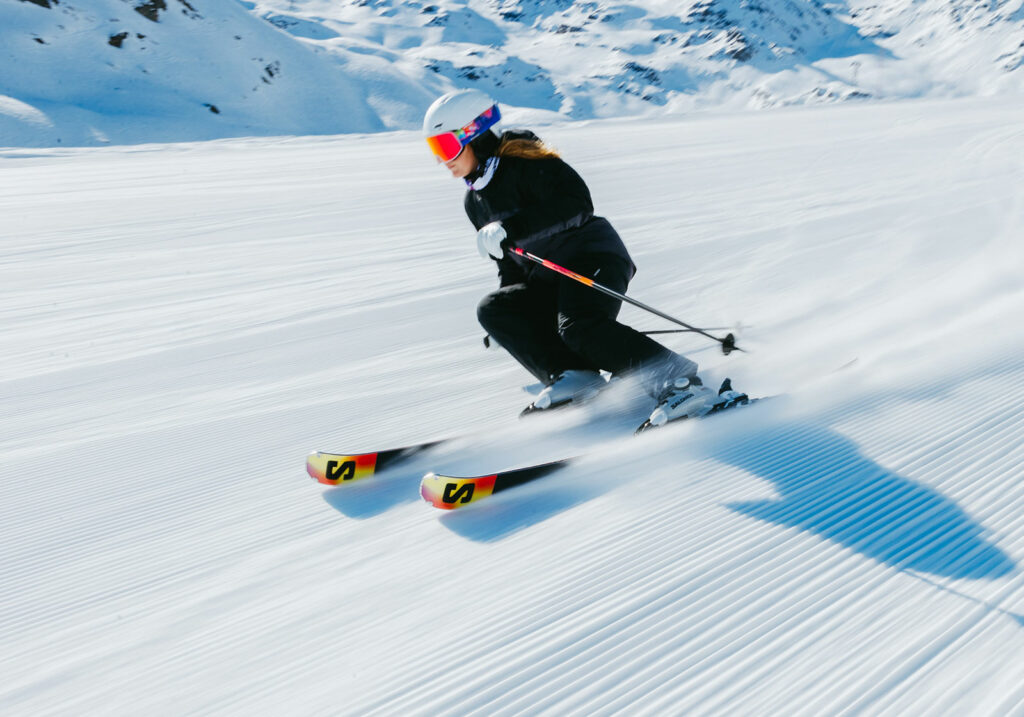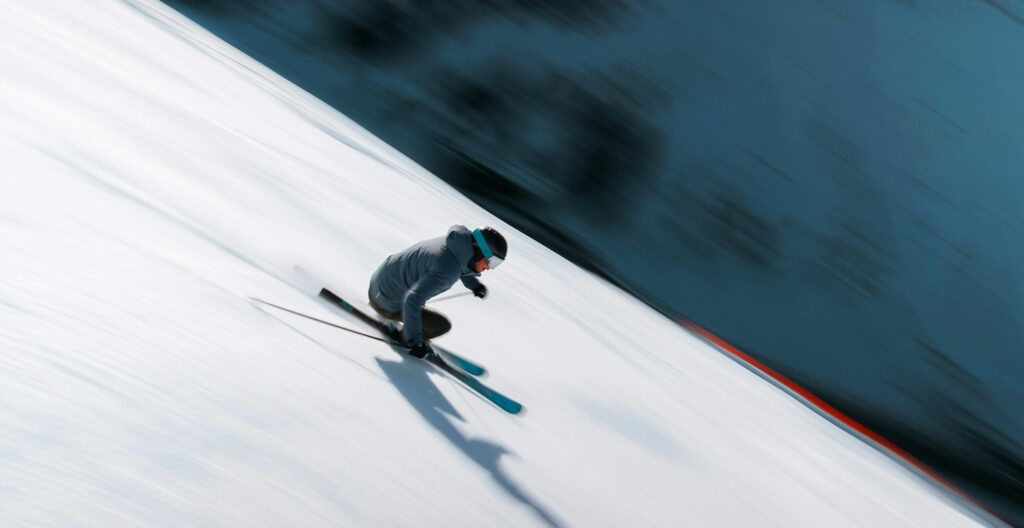
Have you ever thought about how our products actually reach you? To learn what a product’s journey looks like, we contacted the Amer Sports Distribution and Transportation team.
“We bet you don’t know how much planning and organizing goes into this step of our sales process. Each step is meticulously planned to make the moving of our products both efficient and sustainable,” says Marco Salzman, Vice President Transportation at Amer Sports.
The journey for each product category is somewhat different, depending on how and where products are produced, and if they are sold through retailers or our own channels. To simplify matters, Marco and his team walked us through a concrete example: a pair of alpine skis manufactured in our own factory in Altenmarkt, Austria.
From factory to the world
Once a pair of skis is out from production, it goes to quality control where the finishing touches to each ski involve meticulous inspection and manual adjustments, ensuring precision and perfection. The process includes the crucial step of applying a shrink foil cover for protection during logistics.
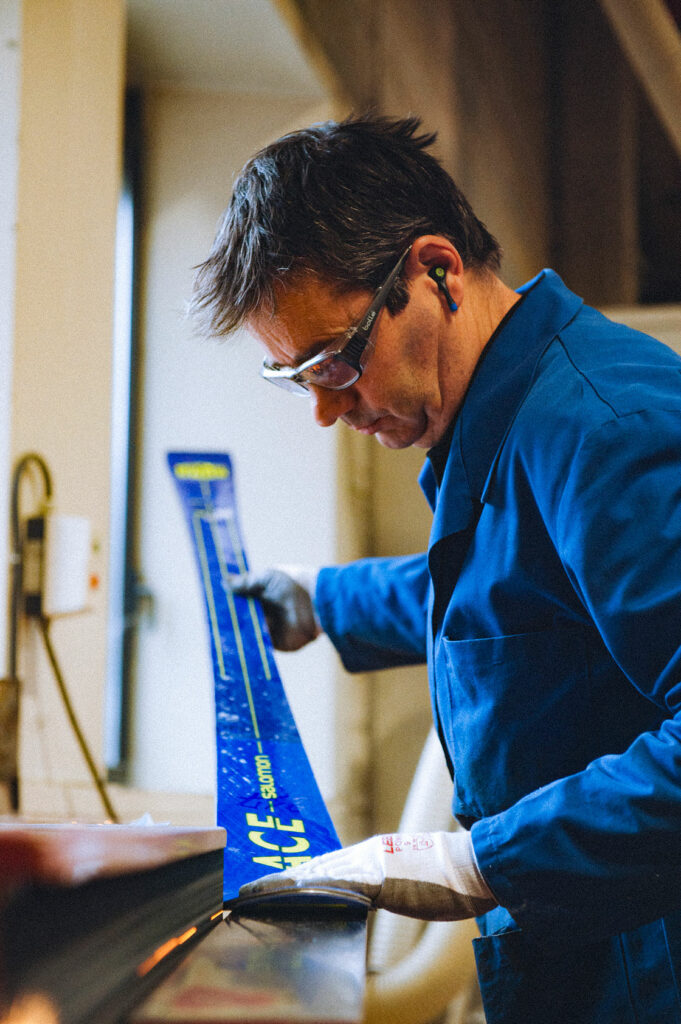
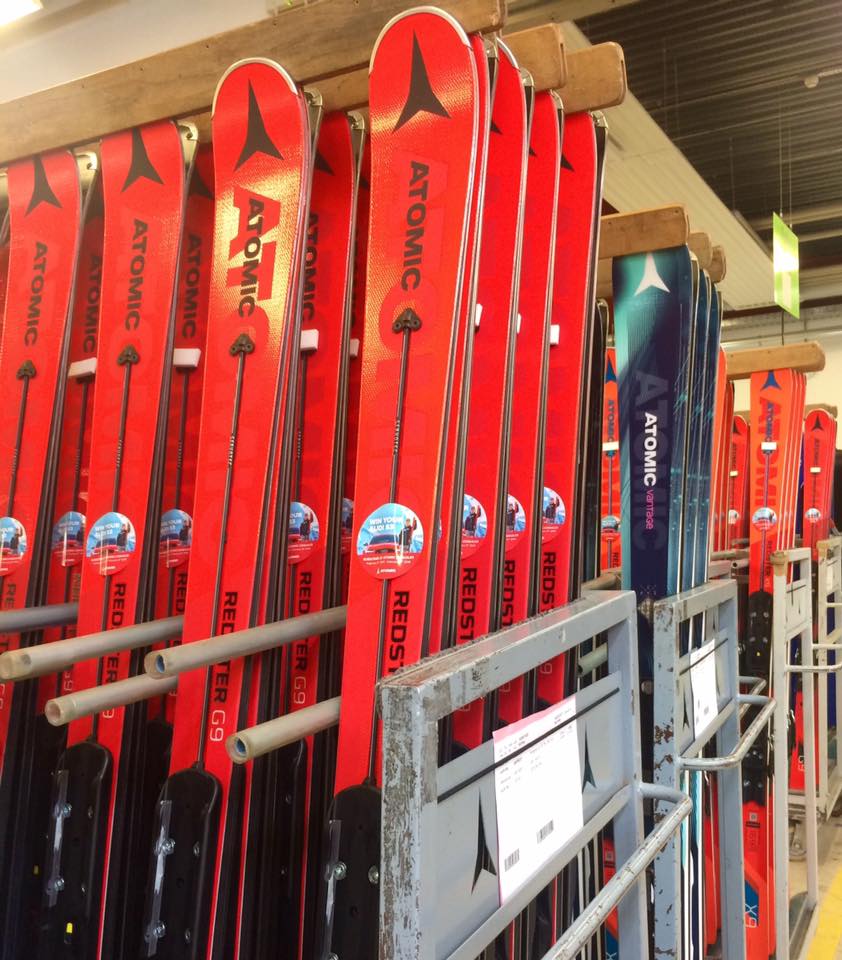
Once skis leave our factory, they are sent to warehouses worldwide, depending on demand.
To ensure a seamless and efficient flow of skis from factory to warehouse, meticulous optimization is needed. It all starts with the “requested delivery date (RDD)” and a sophisticated backward calculation, strategically designed to guarantee timely deliveries to our customers.
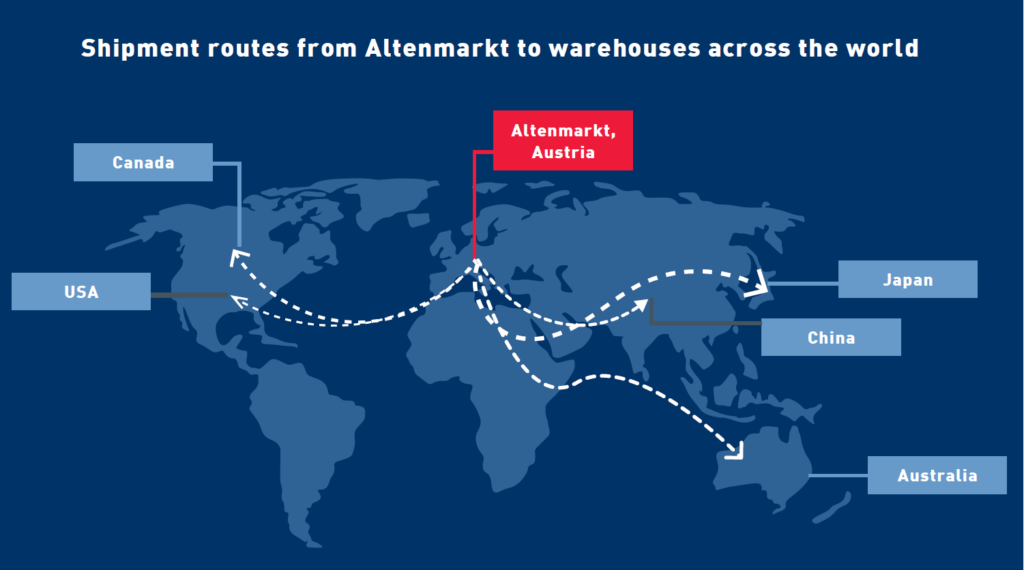
Skis are shipped from the factory to warehouses in Japan, China, Australia, Canada, and the US, including Amer Sports’ own storage facilities (which we call distribution centers) and distributors in other countries like New Zealand, South America, or other destinations in the Asia Pacific region.
For European customers, every pair of skis is shipped to retail stores or directly to consumers from Altenmarkt. Shipping to European customers typically starts in September with pre-orders, followed by re-orders during the winter sports season to replenish stock based on the demand generated by already sold products.
Globally, in addition to shipping to the warehouses, we operate a “direct shipment program” for pre-orders to customers, retailers, and wholesalers based in the US and Canada. This allocation is managed globally by the Altenmarkt-based Sales & Operations team, ensuring a seamless supply of skis worldwide. For these North American markets, we ship re-orders from warehouses in Ogden, Utah and Belleville, Ontario. Skis to overseas destinations leave our Altenmarkt Distribution Center already between April and August.
Overflow or buffer storage locations, strategically positioned near Altenmarkt, act as safety nets during peak seasons between production and distribution.
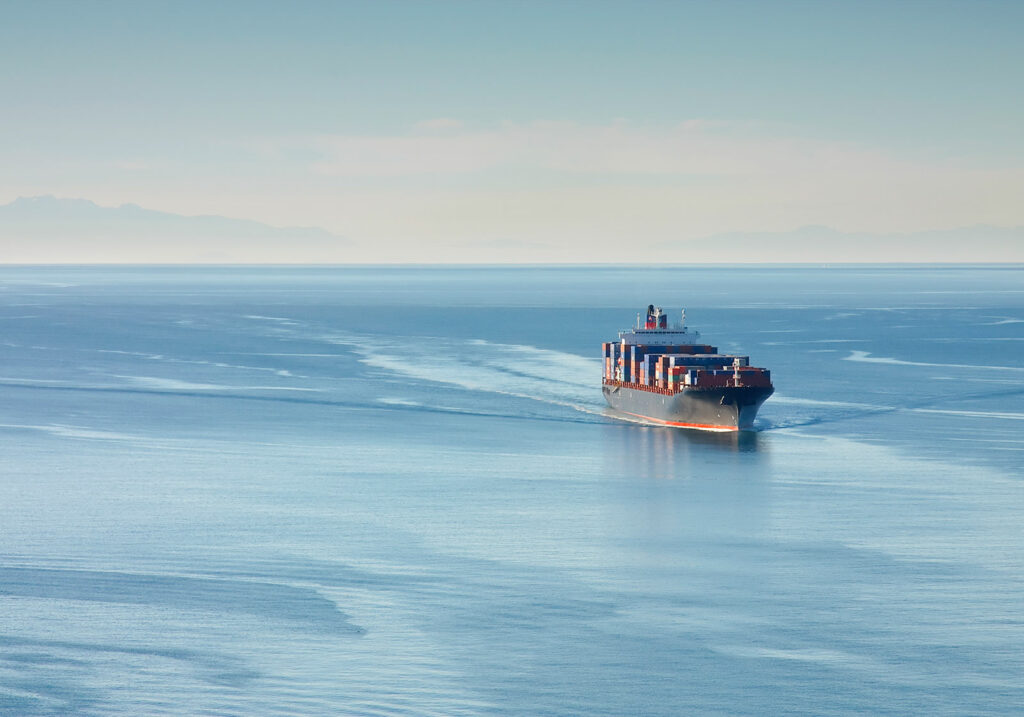
The type of transportation is planned based on the period between requested delivery date and material availability in Altenmarkt. If the cheapest and most sustainable transportation mode is not possible anymore, the next possible option is chosen from the shipping team in Altenmarkt. Another important sustainability measure is the consolidation of shipments in the transport preparation process to minimize empty space in containers or trucks.
Skis are stored in warehouses and distribution centers
Once the skis have arrived at one of our warehouses, they are packed into rollers in an upright position to optimize the use of storage space and moved around the warehouse by forklifts.
We use SAP as our warehouse management system. With skis, we also track the serial number of every pair from manufacturing until delivery. This way we know exactly how many pairs of skis we have in each warehouse at any given time.
In our Altenmarkt warehouse, we have a machine producing customized cardboard boxes just in time and fitting perfectly to the size of the skis. This reduces wasted cardboard material.
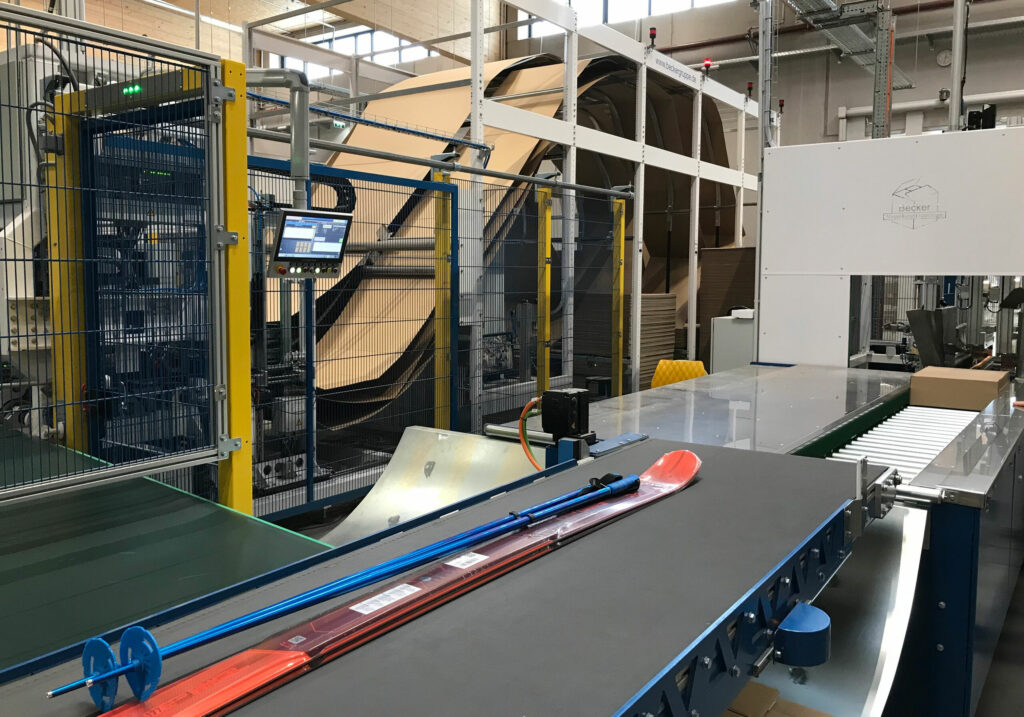
Journey to end consumer
The share of direct-to-consumer (DTC) sales for skis is relatively small. It is a common practice for customers to make purchases either on-site at winter sports resorts, or in stores that offer high levels of technical sales support.
With skis, we are fortunate to have very low return levels. However, when returns do occur, they are handled locally in the distribution center of the respective region—Altenmarkt for Europe, Belleville for Canada, Ogden for the US, Melbourne for Australia, Tokyo for Japan, and in China.
The final step for the pair of skis is the best one: up and down the slopes!
